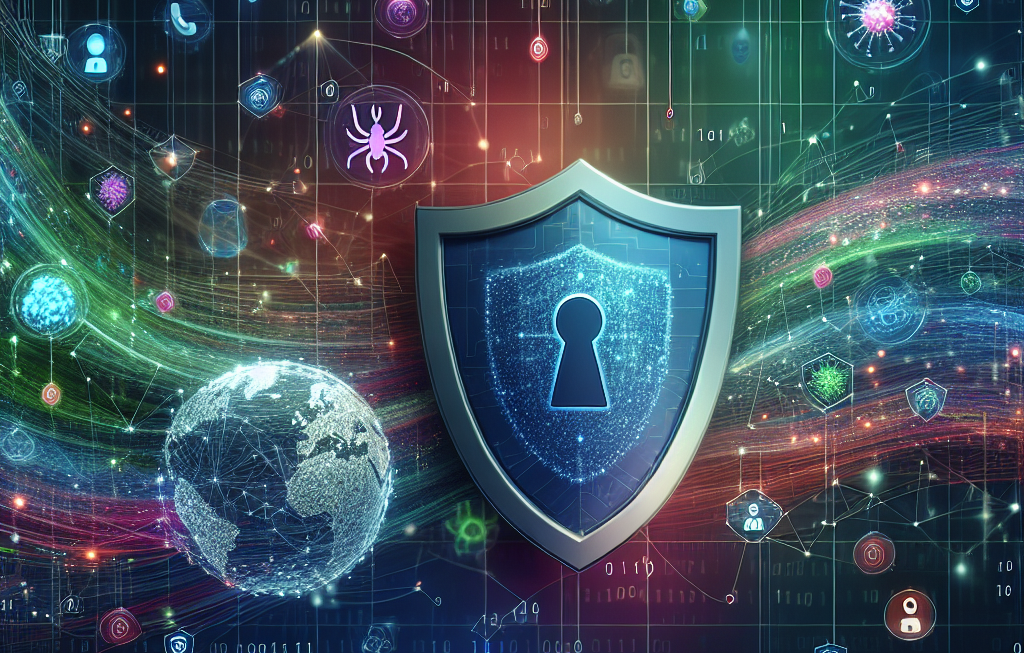Essential Tips for Backing Up Data and Ensuring Online Security
In our increasingly digital world, safeguarding your data and maintaining online security is more crucial than ever. Every day, individuals and businesses alike face threats ranging from cyber-attacks to data loss. Implementing a robust data backup strategy can be your first line of defense. Here are some essential tips for backing up data and ensuring online security.
Understanding the Importance of Backups
Data backup is the process of creating copies of your data so you can restore it in case of a data loss event. This practice is crucial because:
- **Data loss can occur anytime** due to hardware failures, accidental deletions, or cyber threats.
- **Backups provide peace of mind** by ensuring that you have a recoverable copy of your valuable information.
- **Compliance requirements** in many industries mandate regular data backups as part of data protection regulations.
Developing an Effective Backup Strategy
A well-rounded backup strategy considers the “3-2-1 rule,” which suggests:
- **Three copies** of your data should be maintained to mitigate risks.
- **Two different media formats** for these backups, such as external hard drives and cloud storage.
- **One backup offsite** to protect against local disasters.
Choosing the Right Backup Solutions
When selecting backup solutions, consider:
- **Cloud Storage**: Providers like Google Drive or Dropbox offer flexible backup options with easy access from anywhere, although you should ensure strong password practices.
- **External Hard Drives**: These offer a physical backup solution. Make sure they are disconnected when not in use to prevent malware infections.
- **Network Attached Storage (NAS)**: A NAS device provides centralized storage that can be accessed by multiple devices in your network for seamless backups.
Ensuring Robust Online Security
Backing up your data is just part of the battle. Ensuring that your online activities remain secure is equally essential.
Implement Strong Password Practices
Ensure that you:
- **Use complex and unique passwords** for different accounts.
- **Employ a password manager** to keep track of them securely.
- **Enable multi-factor authentication (MFA)** wherever possible to add an extra layer of security.
Stay Updated
Regularly:
- **Update your software and applications** to patch vulnerabilities before they can be exploited.
- **Run antivirus software** to detect and remove malicious threats.
- **Educate yourself and your team** on the latest cybersecurity threats and prevention measures.
Conclusion: The Path to a Secure Digital Future
Cybersecurity is a dynamic field, constantly evolving to meet new challenges and threats. By prioritizing a strong backup strategy and bolstering your online security measures, you pave the way to a safer digital environment. Remember, the keystones of online safety include vigilance, education, and proactive measures.
Embrace these strategies today to ensure that your data and your digital presence remain secure, providing peace of mind for you and your stakeholders.





